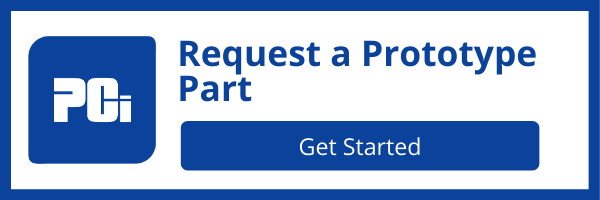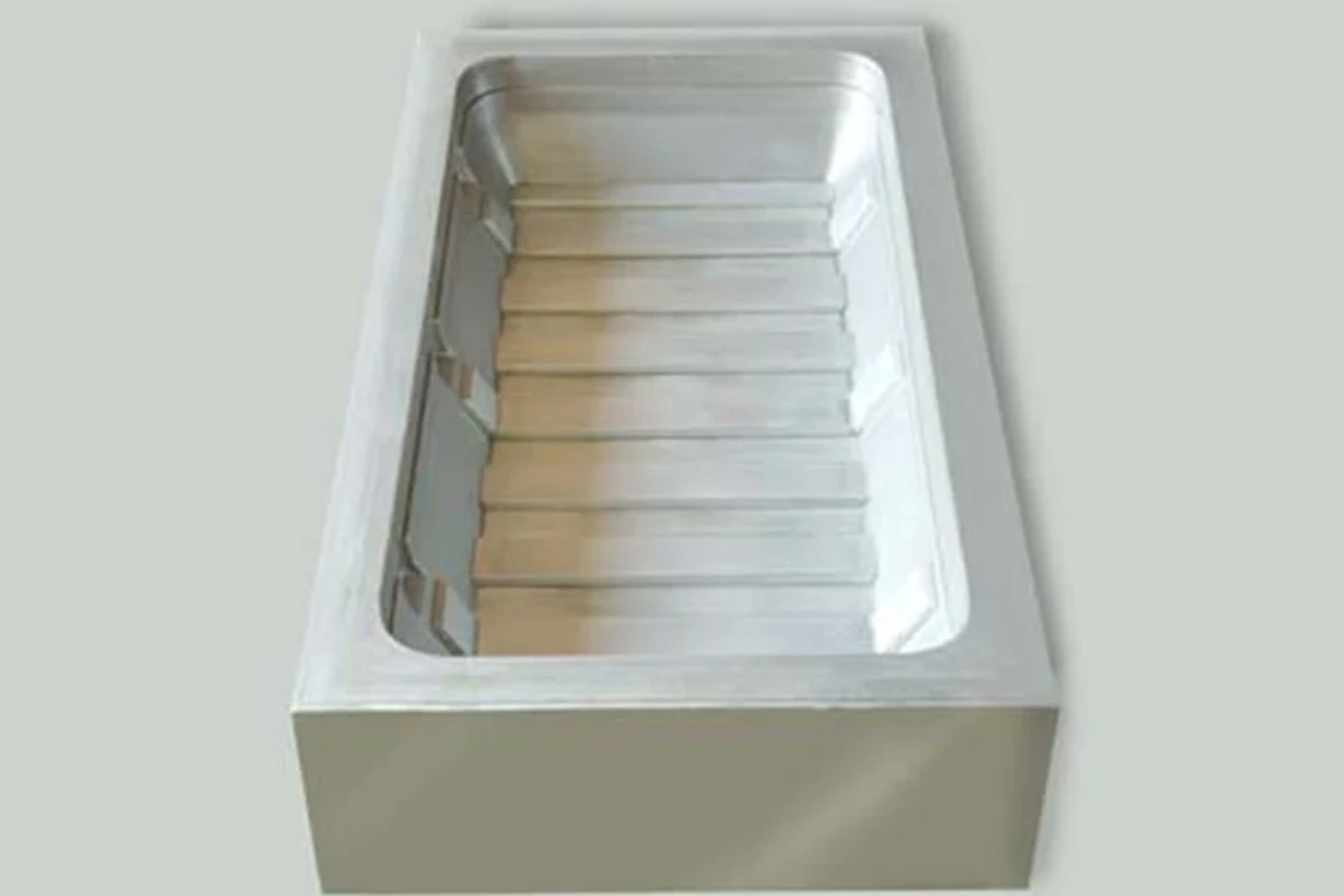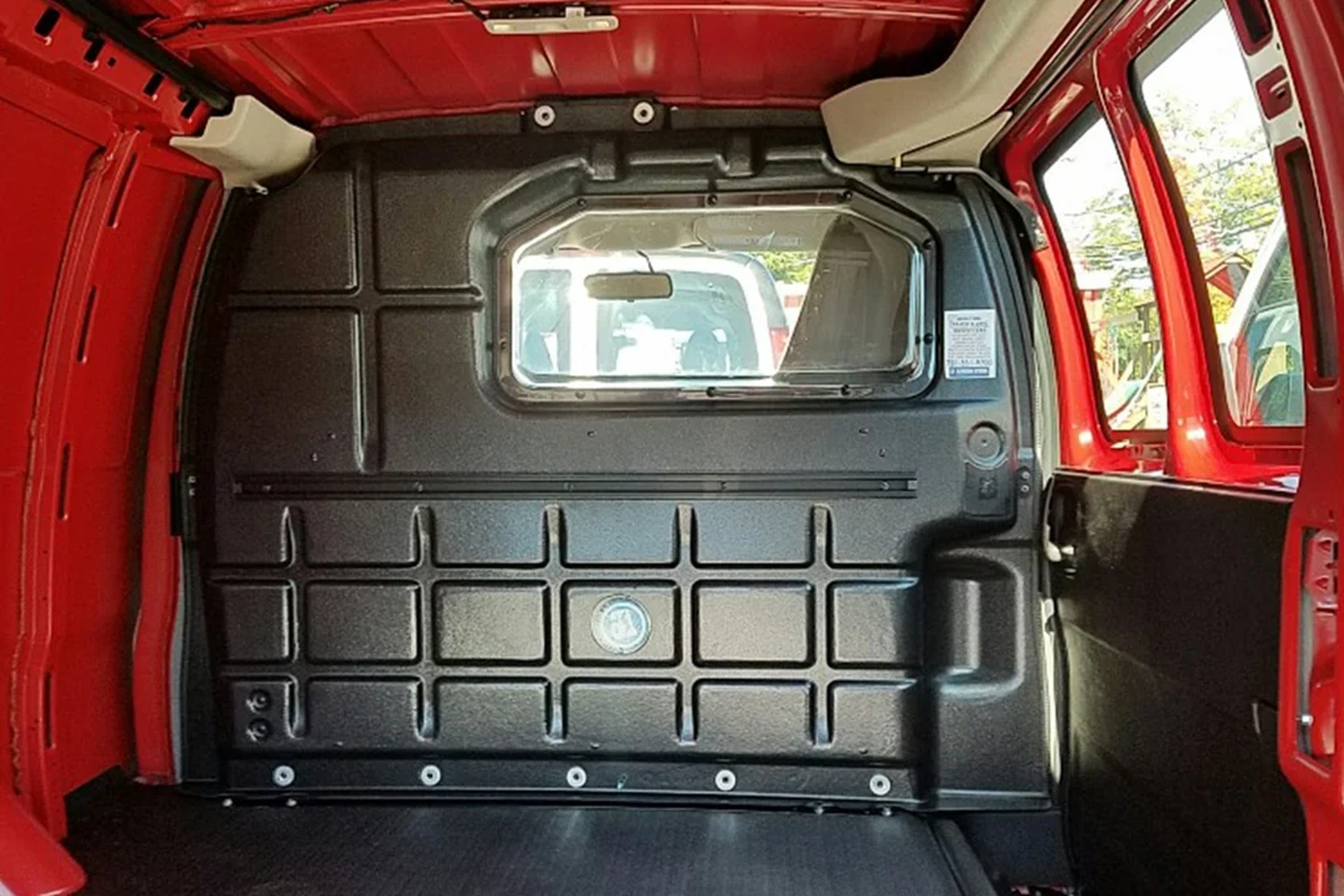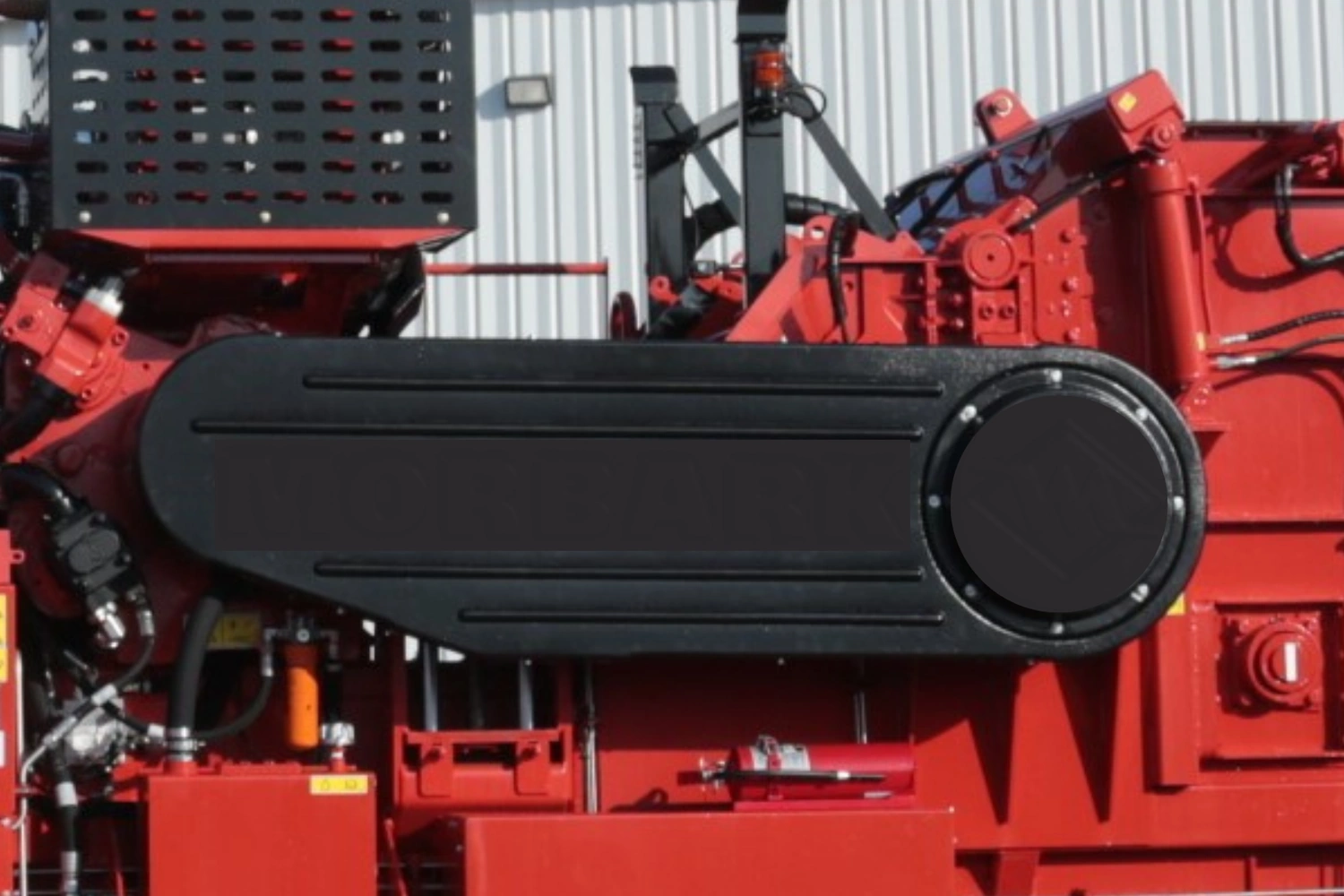Replacing Metal Parts with Thermoformed Plastic Parts: Part 2
In this post, we will consider additional benefits, as well as more specific technical considerations, in the process of converting metal parts to thermoformed plastic.
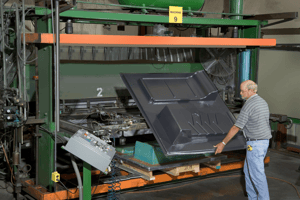 As noted in the previous post about replacing metal parts with thermoformed plastic parts, one of the benefits of metal is its high strength (resistance to failure) and stiffness (resistance to deformation), however, this comes at the cost of increased weight, less design flexibility, increased production lead times, and higher costs for fabrication and tooling when compared to plastic thermoforming.
As noted in the previous post about replacing metal parts with thermoformed plastic parts, one of the benefits of metal is its high strength (resistance to failure) and stiffness (resistance to deformation), however, this comes at the cost of increased weight, less design flexibility, increased production lead times, and higher costs for fabrication and tooling when compared to plastic thermoforming.
The technical challenge of replacing metal with plastic, therefore, boils down to leveraging the inherent advantages of thermoformed plastic while still meeting strength and stiffness requirements for the application.
Strength and Stiffness
When addressing the topic of strength/stiffness, it’s important to keep in mind that almost every part is designed to meet a minimum specific strength-to-weight or stiffness-to-weight ratio. Accordingly, these specified values vary over a wide range of applications.
Because plastics are lighter than metal, as measured by a material’s specific gravity or density, thermoformed thermoplastic parts can often compete with metal in certain applications by providing similar levels of performance.
The inherent design flexibility of plastic thermoforming allows PCI engineers to design parts with increased wall thickness in critical structural areas requiring higher strength and stiffness. Strength and stiffness can be enhanced further by adding glass or carbon fiber to create specialized reinforced thermoplastic matrices.
As a rule, commonly used plastics such as polypropylene, ABS, and polycarbonate (PC) are approximately two times lighter than aluminum, and up to three times lighter than stainless steel. Twenty percent glass-filled acetal is about 50% heavier than ABS and PC, but still nearly two times lighter than steel.
The so-called practice of “light-weighting” is a long-established trend in the automotive, aerospace, and other industries, allowing OEMs to capture all of the cost benefits of thermoforming, as well as help them meet increasingly stringent regulations for fuel efficiency and emissions. For example, a reduction of 800 lb. to a municipal transportation bus results in a fuel savings of 2 to 3%.
Converting to thermoplastic thermoforming
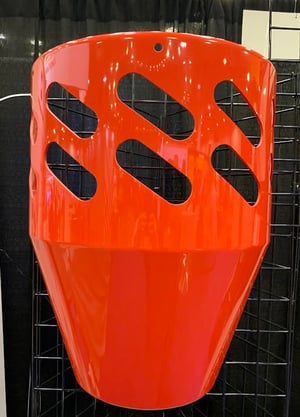 At first glance, the process of converting from one manufacturing process to another may appear complex and challenging. With PCI’s experience and support, however, it need not be a drain on the customer’s time and resources. While it will likely entail more than simply handing over your existing part design and tooling, PCI’s in-house engineering staff will guide customers through the process with the goal of providing a fast, cost-effective conversion.
At first glance, the process of converting from one manufacturing process to another may appear complex and challenging. With PCI’s experience and support, however, it need not be a drain on the customer’s time and resources. While it will likely entail more than simply handing over your existing part design and tooling, PCI’s in-house engineering staff will guide customers through the process with the goal of providing a fast, cost-effective conversion.
The first, critical steps in the process will be material selection and part design. As the process and materials used for forming metal are fundamentally different than the process and materials comprising thermoforming, these differences will more than likely necessitate modifications to your existing part design and tooling.
There are multiple types of thermoplastics each with its own specific properties, advantages, and disadvantages. In converting from metal to plastic, it is crucial to select the right material for the application. PCI will collaborate with the customer to help select the ideal material.
Once the material is chosen, PCI will initiate part design to meet all product and performance specifications, while keeping the customer informed during all steps in the process. During design, various options or “trade-offs” often present themselves, with the customer having the final say on any design decisions.
Once the part design is decided, it is usually recommended that a prototype part be built for testing to evaluate dimensional, structural, material, and any other properties to specified standards. Customer collaboration is key in creating a successful part validation plan, as 70 to 90 percent of product cost is determined by part design.
The final step in conversion is production-grade tool design and build, which, in some respects, mirror’s the part design process in terms of selecting tooling material and any auxiliary equipment needed to manufacture the part on a production basis. The expected number of parts to be made in the production run will strongly influence the choice of tooling material and equipment.
PCI’s years of plastic thermoforming experience can readily adapt and convert customers’ existing metal part designs to capture all advantages of thermoforming manufacturing while minimizing the time, cost, and concerns to do it.
